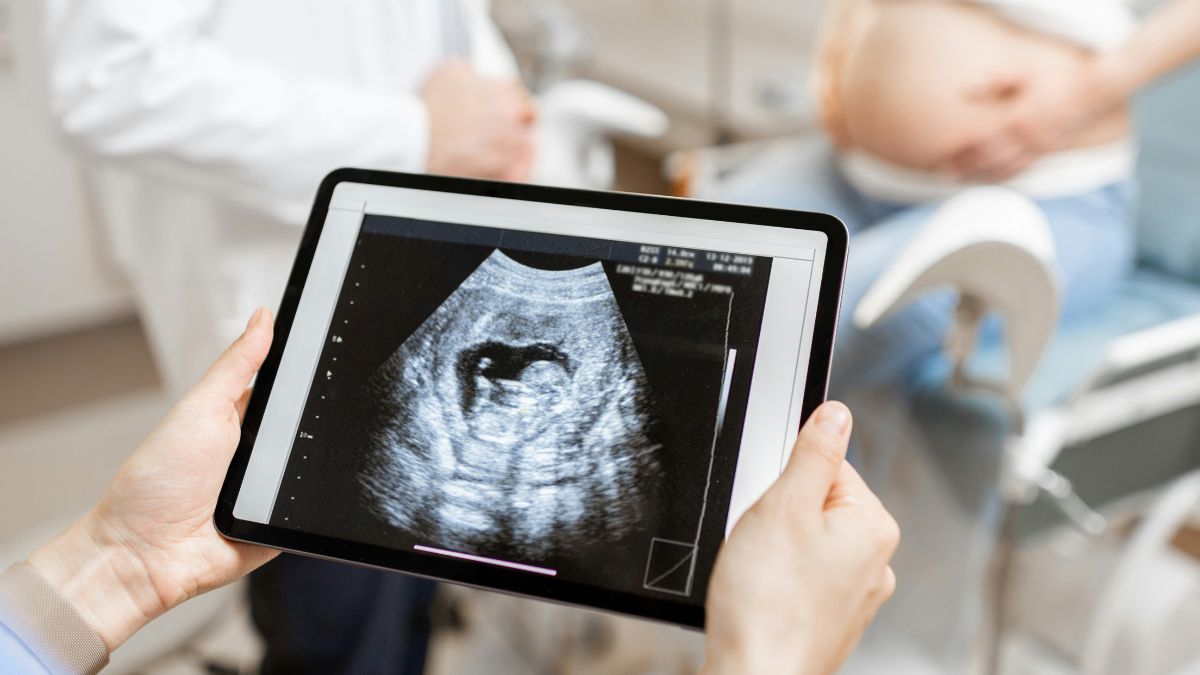

BreakPoint
Who Are the Poor?
The United States Census Bureau reports that more than 30 million Americans live in poverty. That's over 10 percent of our population. You might be picturing millions of hungry children crowded on the doorsteps of crumbling tenement houses. But the reality is much different. The official poverty threshold for a family of four is a cash income of about $13,000 a year. That sounds pretty poor to most of us. But government surveys reveal some strange facts. Did you know that 38 percent of all households classified as poor own their own homes? More than 60 percent own cars. A poor American is 40 percent more likely to own a car than the average Japanese--and 50 times more likely than the average Mexican. They do pretty well compared with their parents, too. Poor households today are more likely to own consumer items such as televisions and refrigerators than the average American family did in the 1950s. Nearly a third own a microwave oven. Half have air conditioning. 17 percent have automatic dishwashers. What about those visions of hungry children? There's no doubt they exist but they're only a small percentage of the officially poor. Studies by the Department of Agriculture show that households labeled poor consume roughly the same amount of food as average American households. Obviously, most of the people labelled poor are not living in destitution. So why does the government continue to include them in the statistics? The reason, says a Heritage Foundation report, is that the Census Bureau counts only one form of income--cash income--and ignores other kinds of wealth. For example, it ignores the family's existing assets. If you own a car or a home, or other valuables, those aren't counted in determining whether you are poor or not. The Census Bureau also ignores most welfare benefits--like cash welfare payments, food stamps, Medicaid, and public housing subsidies. Taken together, welfare benefits add an average of $11,000 a year to poor households in America. The Census Bureau numbers also fail to take into account the money poor people earn and don't report. A recent study of welfare mothers in one city found that 90 percent had jobs they concealed from government authorities. The result is a highly distorted view of poverty in America. In fact, another Census Bureau survey found that for every $1.00 of income reported, low-income households actually spent $1.94. That means nearly half their income fails to find its way into the statistics. The more widespread problem in America today is not material poverty, it's spiritual poverty. Vast welfare spending has generated an underclass whose lives are distorted by social pathologies--broken families, drug abuse, violence. This is a poverty not of things but of spiritual resources. And it is much more destructive. A person who has strong character but little money can work hard and climb out of poverty. But a person who grows up in a subculture that doesn't nurture basic values or teach basic skills lacks the tools to work his way out of poverty. Here is a task for the Church. We might not know the latest theories on poverty and wealth. But we do know how to minister to those who are spiritually poor--and lead them to the riches of God's grace. And from there to the skills and self-assurance they need to make if off the dole.
05/27/92















